The LG G4 Review
by Joshua Ho on July 30, 2015 10:00 AM EST- Posted in
- Smartphones
- Qualcomm
- LG
- Mobile
- Snapdragon 808
- LG G4
Software: LG UX 4.0
Software is ultimately one of the most important aspects of a smartphone. In the case of iOS and most mobile OSes, the experience is essentially fixed for everyone. However, with Android OEMs often create their own frameworks within the OS to enable various features that are missing from the base OS. OEMs also tend to change the look and feel of many core user applications and many key Android UI elements. As a result, it is often necessary to evaluate UI on a per-device basis rather than with a single catch-all OS review due to the potential for some enormous design variance.
When it comes to LG’s UX 4.0, LG definitely goes with an experience that is extensively customized that differentiates itself from stock Android. Almost every stock application has been replaced by LG’s take on Android. The color scheme of the UI is somewhat inconsistent, as aspects of the UI like the weather clock and quick settings toggles tend to be strongly saturated while other aspects of the UI like the notification shade and most of the iconography tends to be rather muted in comparison due to the use of pastel colors. I’m actually not sure whether this is the result of the high-gamut display or deliberate color choices, but the use of neon colors in general definitely draws a lot of attention when it’s used.
Outside of this though, I honestly don't have too much to object to on this front. LG still isn’t really following all of Material Design, although I suspect there’s at least some debate over whether the level of focus on animation in Lollipop has become distracting. At any rate, this isn’t a huge deal but I suspect it would give a better sense of flow and continuity within the UI if LG implemented more animations to fit Material Design, such as sliding in a “card” when adding a calendar event rather than just having the new screen appear from thin air.
If you look past the animation style, LG has done a surprisingly good job with the UI. Most applications mostly look the part of a modern Material Design. Most applications like the calendar, tasks, and notes (QMemo+) place the action overflow button on the far right of the top navigation bar, then a floating action button (FAB) with appropriate drop shadows on the bottom right. Sidebar menus are marked with the standard icon that we’re all familiar with on Android and open with a swipe in correctly instead of requiring a precise tap of the icon like TouchWiz on the Galaxy S6. Meanwhile there are some applications that behave strangely by default like the settings app, but changing the view to list view instead of tab view resolves these problems for the most part. The messaging experience is also surprisingly awesome, as you get popups to quickly reply to SMS/MMS when you aren't in the messaging app.
Ultimately LG really deserves some credit for implementing smart functionality in an intuitive manner throughout their skin, and these are things that arguably couldn't be accomplished within the constraints of a "pure AOSP" build.
Of course, there are some other issues with design consistency. The lock screen is one notable departure from the rest of the mostly-MD UI, as the default swipe lock screen has some really ostentatious animation no matter what you set. Admittedly, this is a pretty minor issue and goes away completely if you set any sort of security with no timeout, so I’m not too hung up on this. There’s also no fingerprint authentication option here, which is a big disappointing as I’ve always felt that a combined fingerprint scanner and power button on the G4 would’ve been a great user experience given the rear-mounted buttons.
Iconography is also a big inconsistent even if it’s all relatively tasteful, with some icons using drop shadows and pastel colors with a square background, while others have a single fixed color, no shadowing, and a round background. The final aspect where I saw some noticeable design inconsistency is the power menu, which looks like it came from MIUI or iOS rather than Android due to the use of a background Gaussian blur with rounded, white icons that lack depth.
Outside of these basic questions of design, LG has also added some surprisingly useful functionality with working Dual Window functionality. LG has implemented a UI that requires manually selecting both applications that will be used in Dual Window mode, and the list of applications that work with this mode is noticeably lower than what Samsung supports with MultiWindow so the functionality and user experience isn’t as good here. I still think native windowed application support is a must for Android on tablets, but this is something that only Google can do. There are also QSlide apps which are essentially floating window applications, but for some reason activating QSlide within a supported application is an option buried within the action overflow button instead of some sort of gesture or immediate action button. Key applications for a good out of the box experience are also done acceptably well.
Going beyond design consistency concerns, performance is solid on the LG G4. For the most part, navigation through the UI is fluent and basically free of lag. However, compared to the Galaxy S6 I noticed more dropped frames in third party applications when dealing with CPU-heavy listviews like the Play Store. I suspect that this is mostly due to differences in governor behavior and software optimization rather than throttling though, as die temperatures never approach anything notable when just going through light applications like the Play Store or scrolling through a webpage.
Overall, LG’s software experience is decent, but there is still progress to be made. There is some need for more cohesive design and overall polish, but otherwise I doubt that anyone will really have major problems with LG’s UI. I didn’t notice any real usability issues in general, and I suspect neither will the average user. I noticed an option in the developer settings for enabling and disabling OEM bootloader unlock, so enthusiasts should be able to unlock the bootloader on at least a few variants although with US carriers it’s always hard to gauge whether this is possible due to their requirements. The real concern isn’t so much that the experience is poor, but that there are some notable feature omissions like a fingerprint scanner and Google Now activation regardless of screen state. If you don’t find these omissions to be glaring, the G4’s software experience should be acceptable.



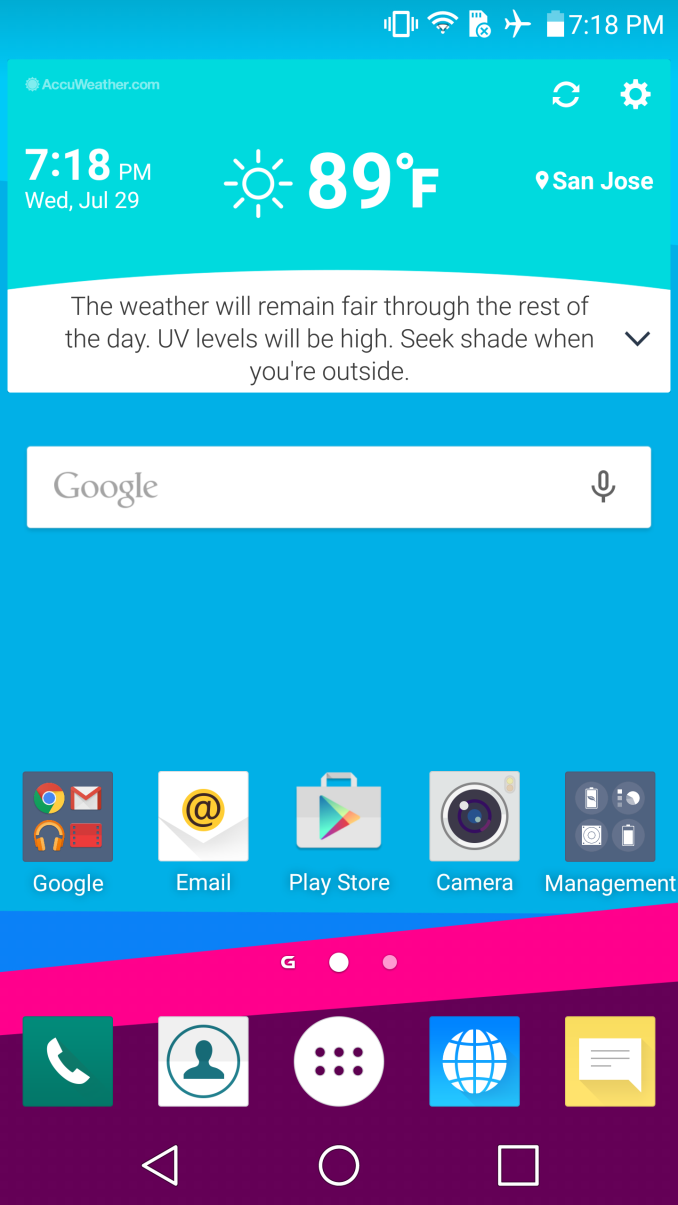
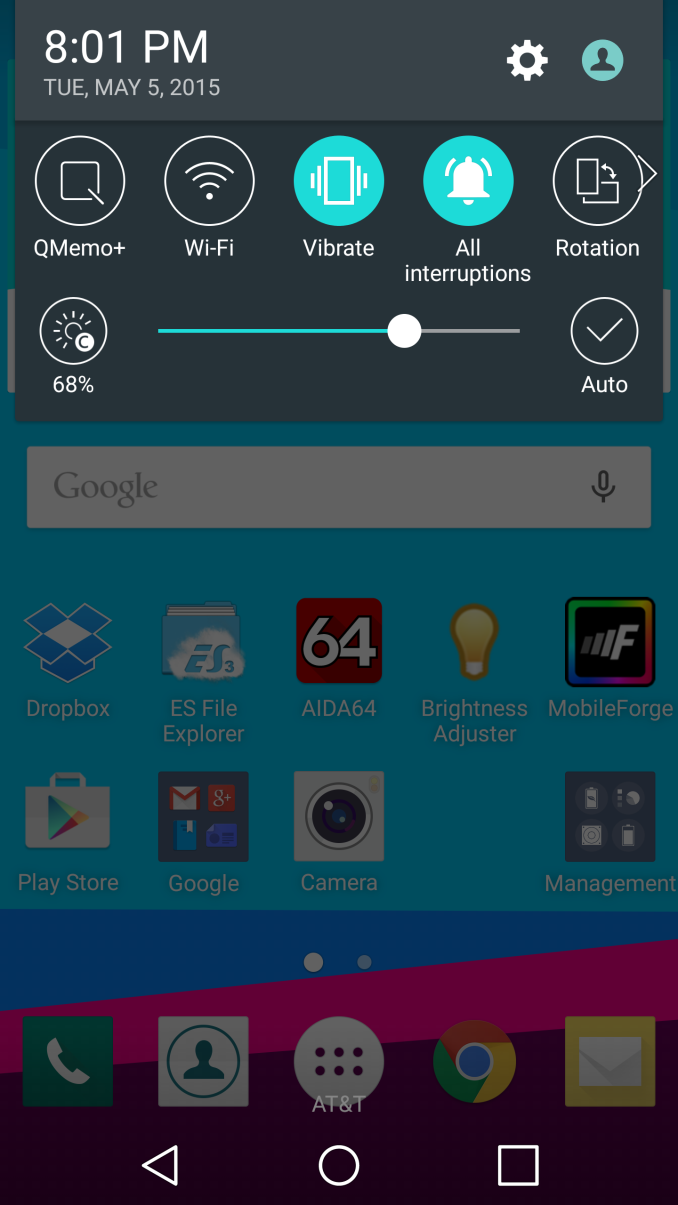
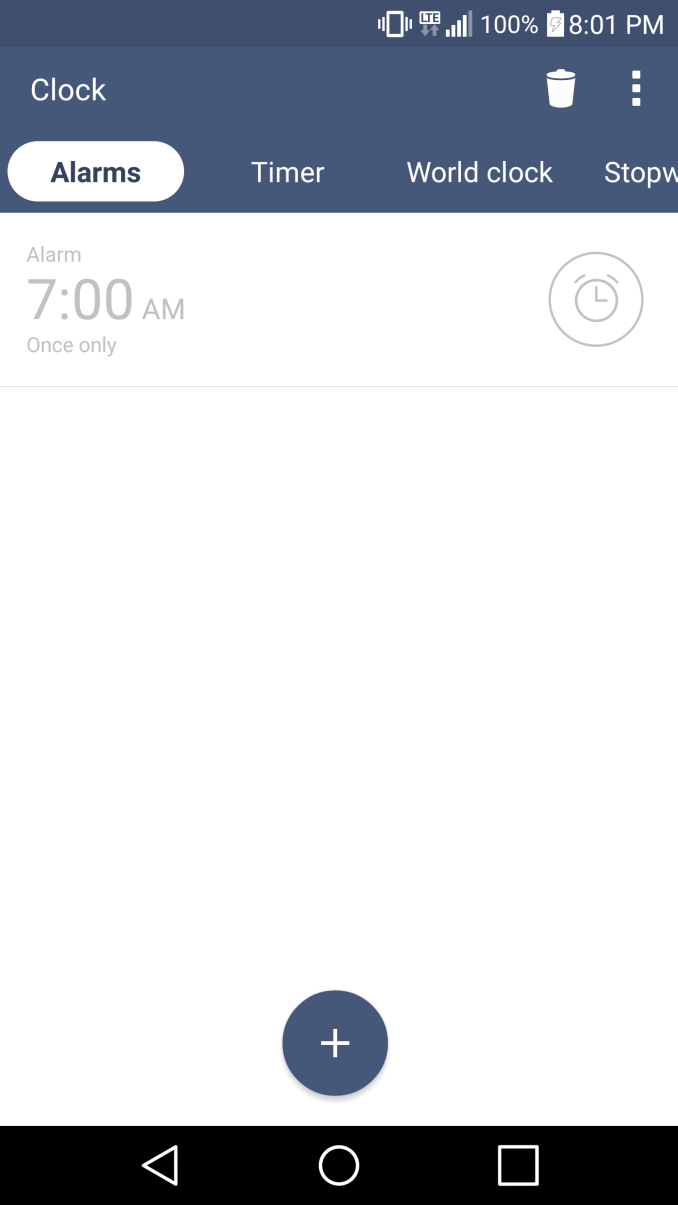
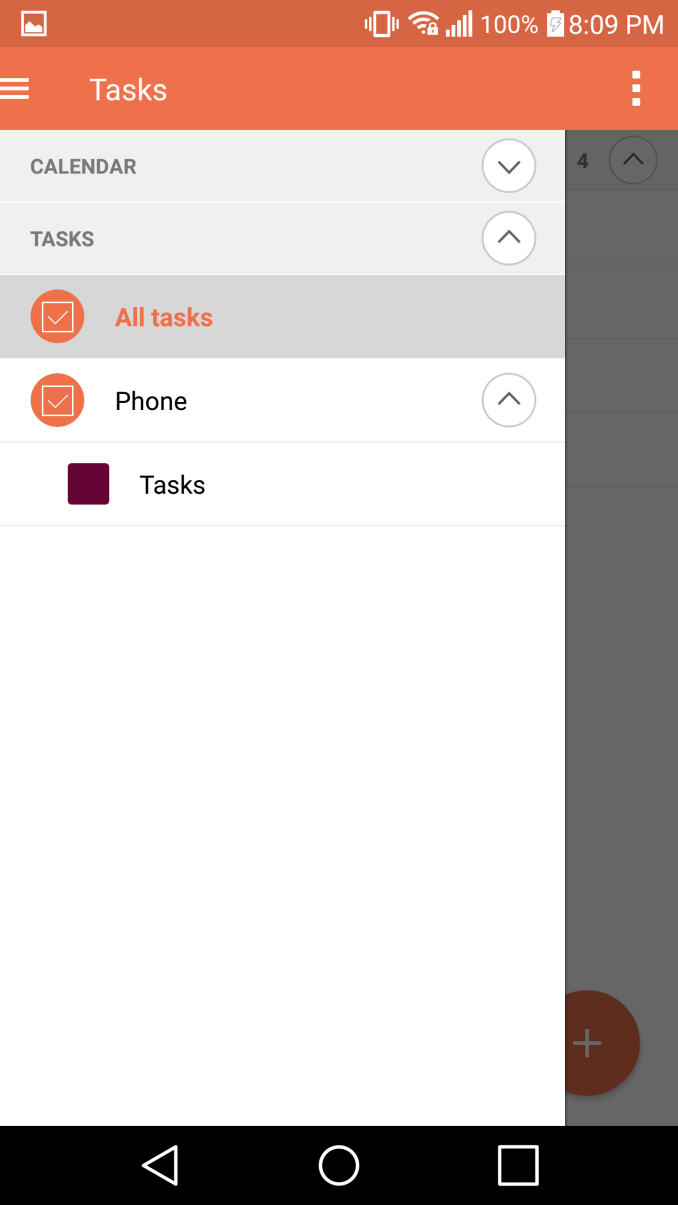
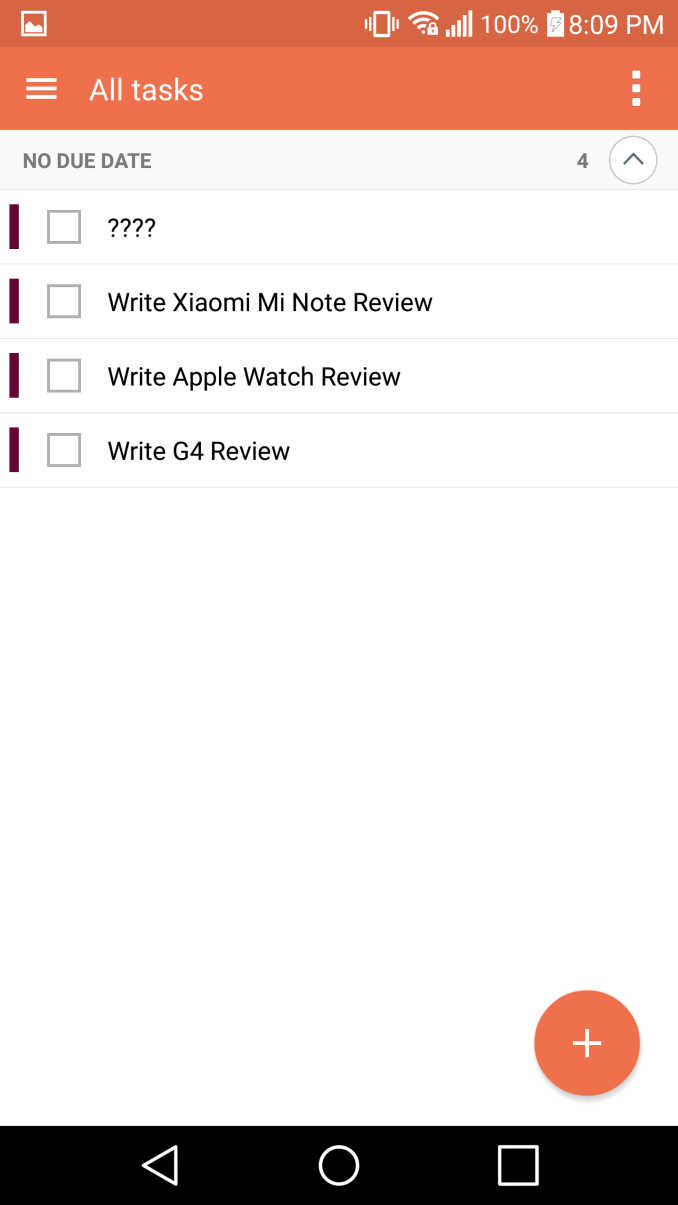
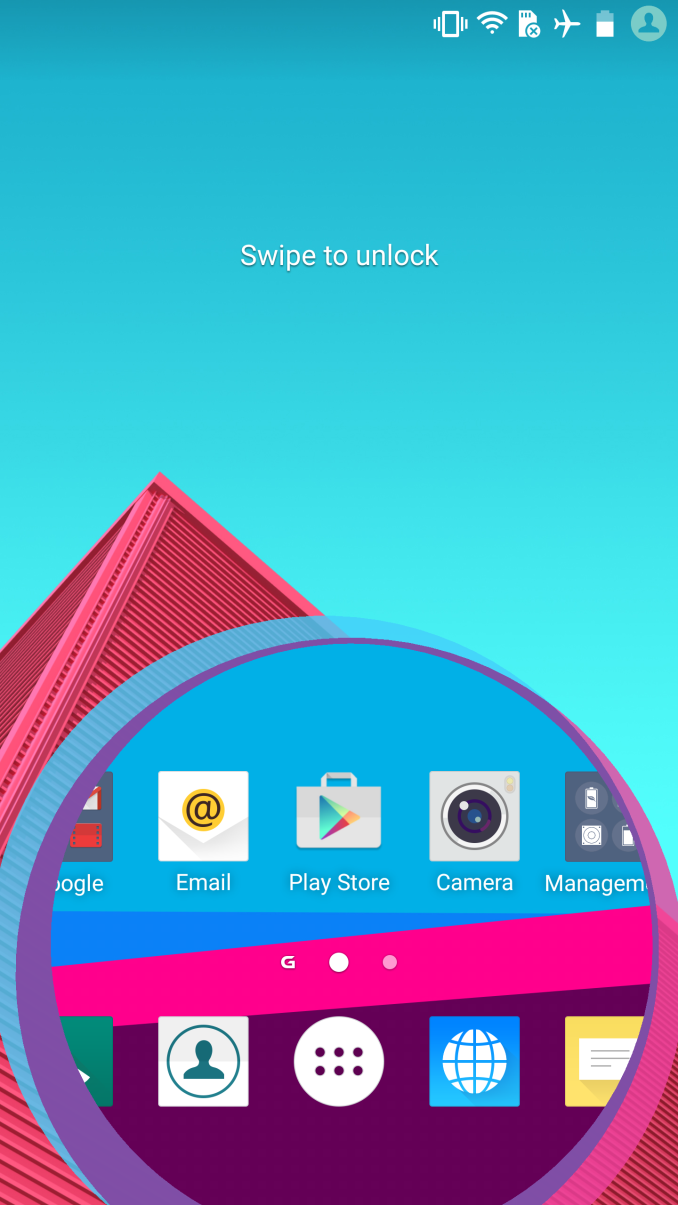
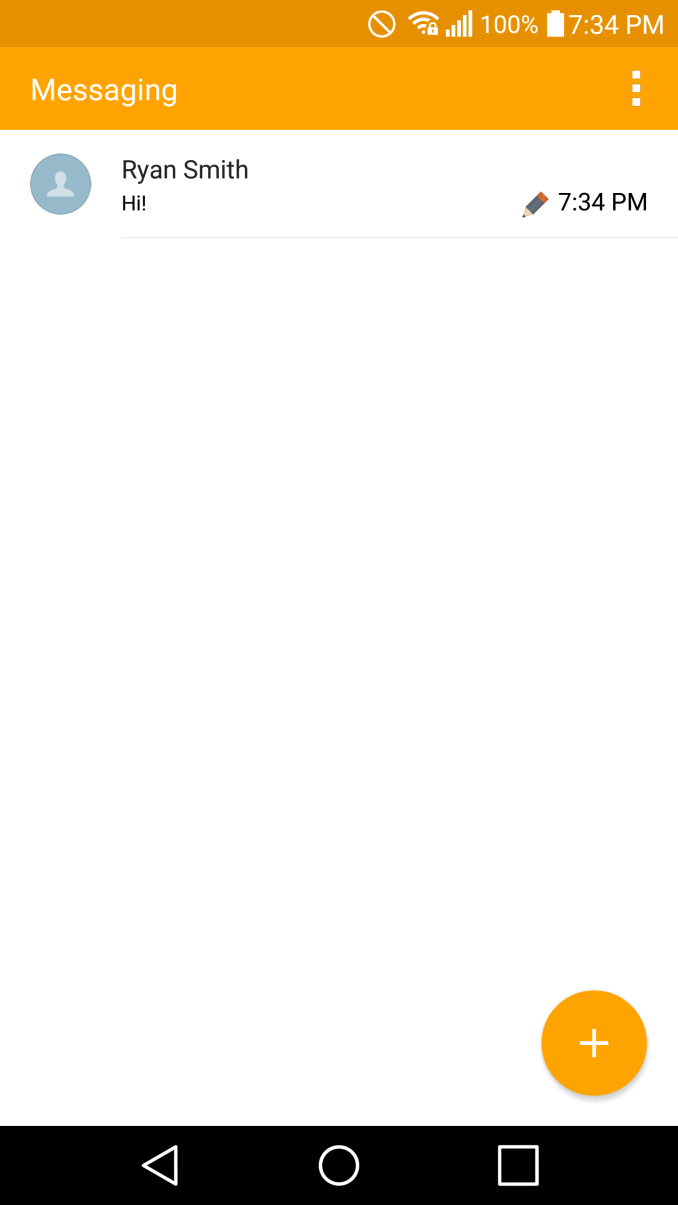
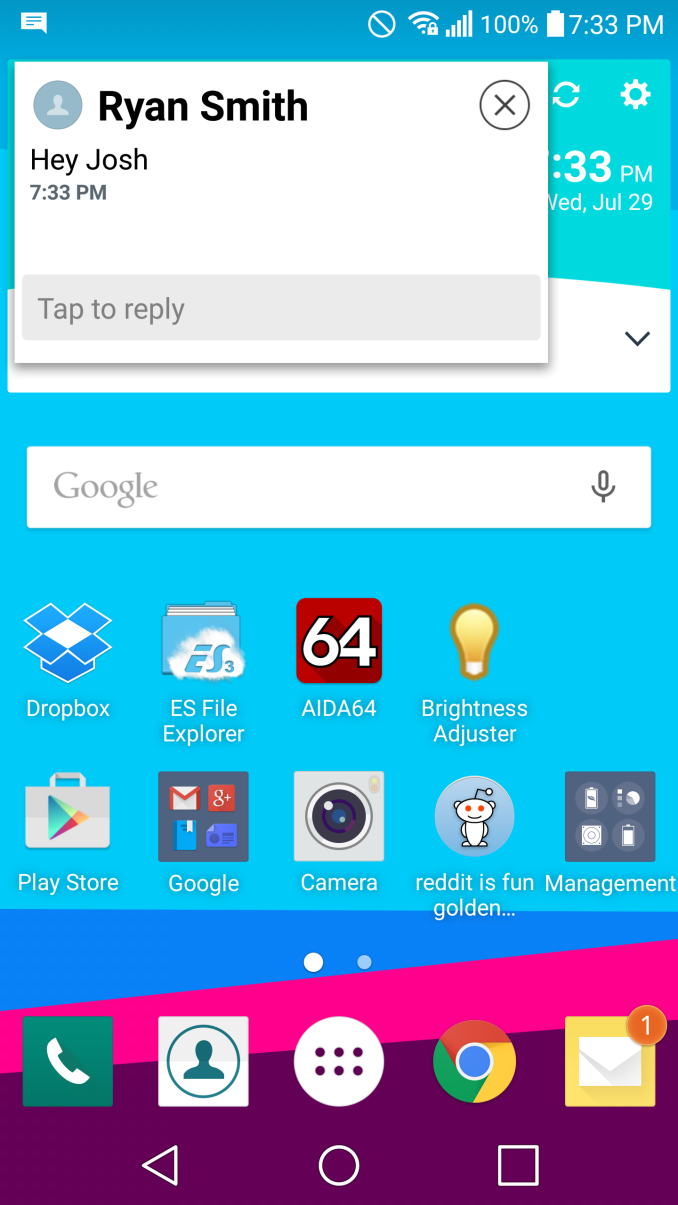


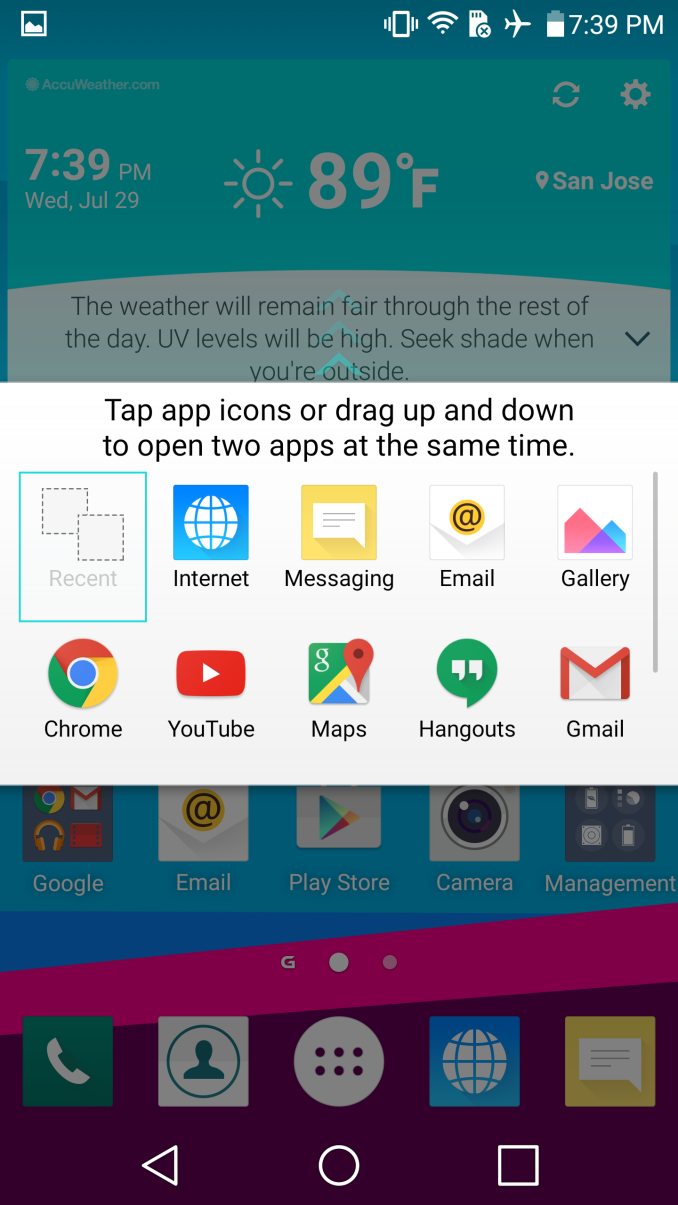
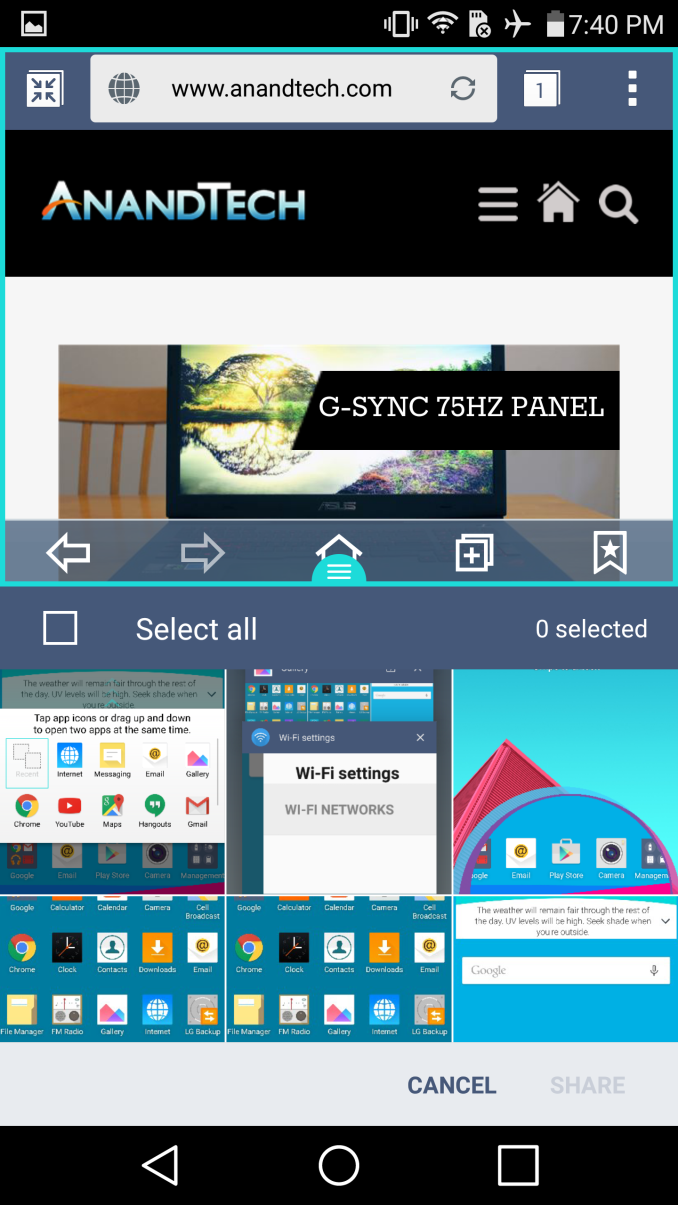
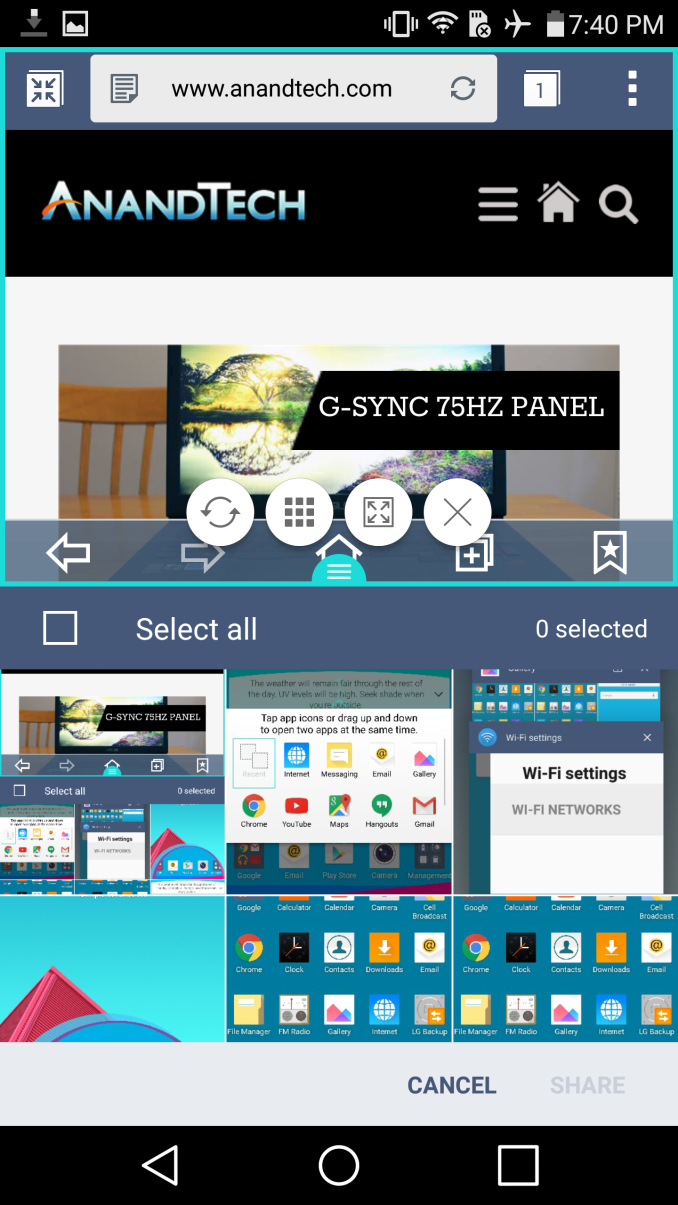
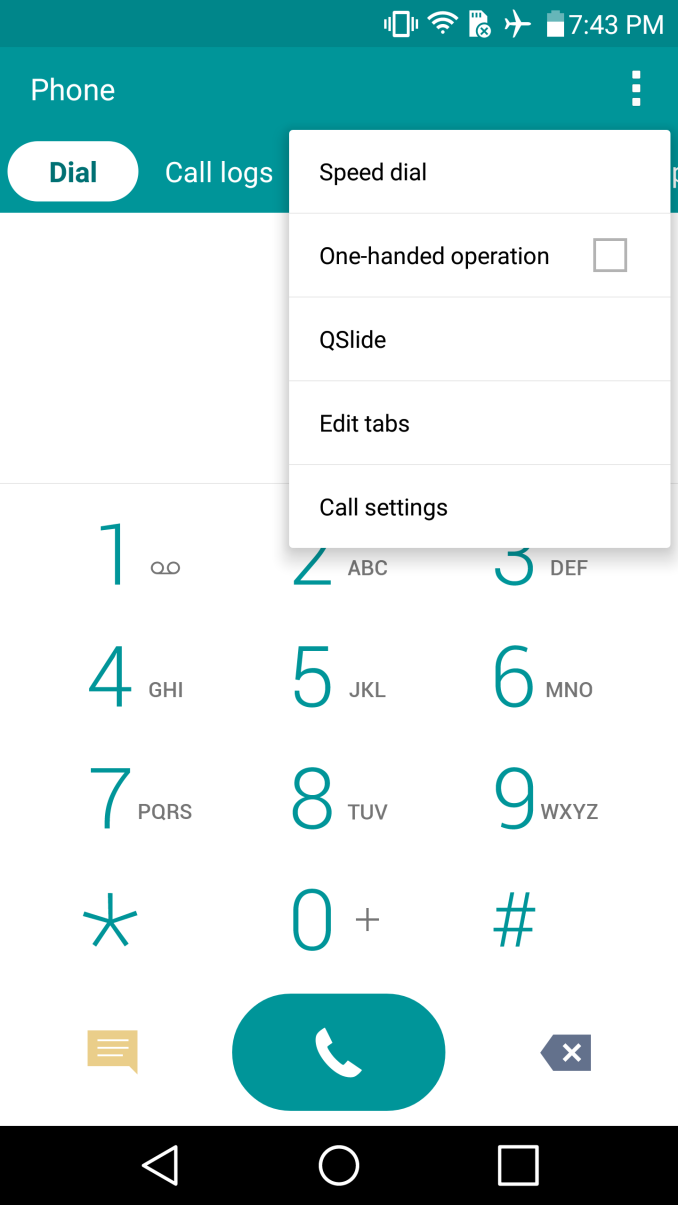
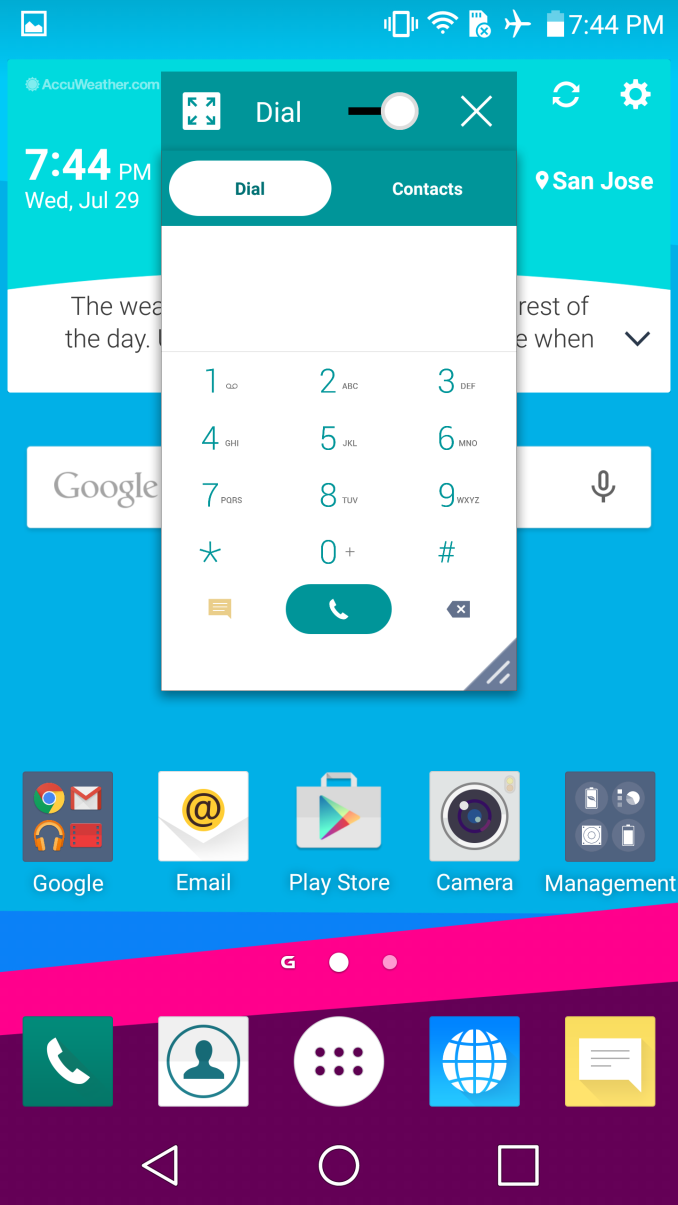








84 Comments
View All Comments
bleached - Sunday, August 2, 2015 - link
http://www.dxomark.com/Mobiles/Column-right/Mobile...Arcetnathon - Wednesday, August 5, 2015 - link
You point something really strange.Each review of tech website published month after release is worst than first tests.
Maybe big company doesn't play fair and send very specific smartphone that will never be in store...
akdj - Thursday, August 6, 2015 - link
As an owner of three of the top 5; S6, Note 4, & indeed... The iPhone 6+, which raps the 'top 5' "Apples is (sic) 'rate' in the top five'The 6+ is indeed produced by Apple ...my subjective feelings are almost identical to Josh's. S6 Edge is an incredible camera. I love it. My Note 4 always has been, with micro SD it makes shooting 4k practical, but my low light shots are pretty sad in comparison to the 6+, as well as 'action' or fast moving shots. S6 shoots 4k, excellent 1080p, but the video stabilization and 60fps-240fps adjustments on the iPhone tump the other two, and I'm just realizing I've placed my response after the wrong reply of your dxo link.
It's saying damn near what Josh concluded. DxoMark is specific to still photography, heavy on resolution and to those ends the sensors in the S6, N4 & G4 indeed play in the same field as the iPhone ...and in some cases beat it. That said, for simplicity point and shoot and nearly every time get an excellent shot without latency or buffering, the iPhone is hard to beat. Without G4 experience I'll hold judgement, but for video, the iPhone is it. For stills, I'm partial now to my S6 and the Note 4 has always been phenomenal
Apple opening their 'souls' a bit with the ability to interact with the SoC ala their native apps, there are plenty of manual control, high resolution shooters (using the 8 megapixel, 4K sensor and its speed) as well as slow motion and video editing tools --- probably the biggest weight in the iphone's favor is the App Store, it's amazing selection of editing and shooting tools as well as continuous updates might just top the subjective list of top 5.
*i don't own a 4K TV but I've got the ability to playback 4K on my MacBook Pro -- looks amazing but it's limited in length of time you can shoot and heats the camera up nice and warm. The S6, all around, my favorite for everything and now my go to camera in most situations. It's smaller and easier to shoot --- but for video capture, my son playing baseball, or last weeks Mötley Crüe show, the iPhone and it's incredible stabilization, video processing and iCloud uploading, ....see where I'm going?
I own a business, have for two decades and with a dozen employees equipped with their choice, I pay for them ...and have iPhone as a personal - S6 personal and Note4 business only. Primarily the stylus and autographs for credit cards has a cool vibe with clientele. You mileage may vary but dxo mark scores in the mid 80s rivals and defeats many point and shoot cams under $300. A point or two difference isn't real world, nor the bible on what to buy. Iphone is ranked 5 & 6 (+ & standard) - can't seem to find the Experia in America and their separation of a couple points in the mid 80as -- without considering motion at all, I'm not sure ANY is the wrong choice and for many that don't want manual control, the iPhone with HDR is hands down the layman's favorite. Android, I'm with the S6, double tap home button to pop the cam and it's rare even as a DSLR shooter that I'm adjusting settings, modes or manually selecting ISO, Aperture or shutter speed
S6 Edge, I love it. 6+, love it. Note 4, still awesome - bit heavier but easily used now with experience and the right case
Take motion into the equation and the limitations on 4K, post processing there of and playback ...I think this is the reason Apple has put this much effort into their sensor as it's the perfect 'size' for non cropped, full sensor 4K shooting
Maybe I'm confused, but I'm ambidextrous, love both and have owned both since 07/08. Dxomark is a silly geek site for resolution of serious optics. Those scores and their differential is hardly a 'win' for any flagship mentioned
J
Pissedoffyouth - Thursday, July 30, 2015 - link
How does the handoff between clusters cope compared to the 810? Does it scale from 2>4 cores when stepping down, averaging the load across the A53 cluster?nikaldro - Thursday, July 30, 2015 - link
The S808 throttles about as much as the exynos 7420.nikaldro - Thursday, July 30, 2015 - link
The S808 throttles about as much as the exynos 7420.grayson_carr - Thursday, July 30, 2015 - link
My God. I thought this review would never come. I already lusted after the G4, bought the G4, owned the G4 for a while, and then bought a Nexus 6 to replace it haha. Still, it will be good to know the Snapdragon 808 lowdown seeing as the Moto X 2015 and Nexus 5 2015 will make use of it.ThisIsChrisKim - Thursday, July 30, 2015 - link
I bought the G4 and I'm really liking it--camera is just superb. UI is meh, but not annoying enough for me to get something else.Nice seeing this review, nonetheless!
grayson_carr - Thursday, July 30, 2015 - link
I liked the G4 (maybe even more than the Galaxy S6 I owned before it), but there were a couple minor annoyances that ultimately led me to buy a Nexus 6. I found that the G4 performed well most of the time, but as mentioned in the review, in some apps it would drop frames more often than the previous two phones I owned (Nexus 5 and Galaxy S6). Also, the touchscreen seemed to be less responsive than the previous phones I owned, which started to get on my nerves. Finally, there were a couple software annoyances like the inability to expand notifications in some circumstances, that were bothering me. I did like the screen on the G4 better than the Galaxy S6 and Nexus 6, and the manual camera controls were boss, but ultimately I prefer the Nexus software experience.Fitnesspro - Thursday, July 30, 2015 - link
Grayson. You are right. Speed and battery count. I liked the G4 specs but was disappointed when tried the phone out at T Mobile. Has a snag and the actual screen id not